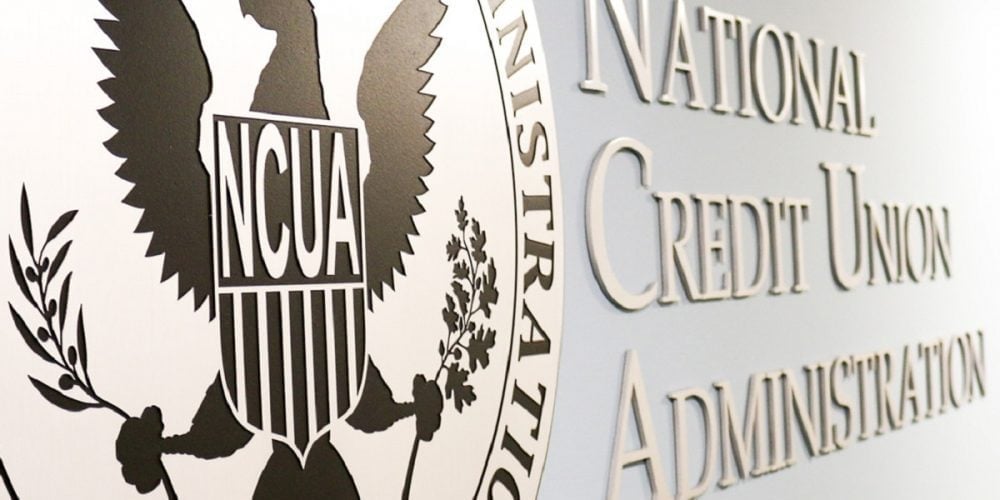Ford Motor Company and Apple Computer no longer exist.
Well, that is, they don’t exist with those names. In the past two years, Ford dropped “Motor” from its name, and Apple dropped “Computer” from its name. Ford is now all about mobility, and Apple is all about consumer electronics. The world is changing, and these two companies know that. These companies changed their name - and their way of thinking - so that they are providing solutions to tomorrow’s problems, and not the problems consumers faced years ago.
Planning for Last Year
Your credit union should be thinking about its future in the same vain. If you begin your thinking clouded by legacy views, issues and assumptions, then you’ll end up with visions and strategies that are similar to those you developed in the past. You can break this routine in your planning process by starting with a blank slate, and reasoning from first principles. That means throwing out (at least temporarily during the concept phase) your mission, vision, and strategies. It means dumping pre-conceived notions about our membership, product sets and delivery channels. It means starting from scratch, at the most basic levels, and building from there.
Did this year’s planning session start where you left off last year? Does this year’s plan look strikingly similar to each preceding years’ plan? If you answered “yes” to either question, you may have started your planning process in the wrong place – one in which you’re solving your members’ problems from yesterday.
When to begin
It’s never too late to begin planning. Missed the “traditional” planning cycle that starts in late summer and concludes in late fall? No problem. In fact, starting our planning now – instead of when we usually start – may be just the change we need to start looking at our mission, products, and members’ needs in a new light.
When are we done?
One last myth to bust: planning doesn’t have a season. Wrong: It’s not a “project,” planning is a process.
Sure, certain components of the planning process have beginnings and conclusions. But the overall planning process is, as the name implies, a process.
Too often, companies breathe a sigh of relief once the Board has approved the plan. Wrap it up, put a bow on it, place it on the shelf, done!
Not so fast. That’s just the beginning.
The strategic plan is our road map for the future, and one we should be referring to frequently to make sure we’re on the correct route. We do this in the following manners:
- Metrics – Our plan identifies key metrics, such as ROA, loan-to-share, member growth, etc. We need to track those measures regularly (e.g. quarterly), and report them internally and to the Board.
- Initiatives – Similarly, we should check if we’re tracking on our initiatives. No one likes surprises.
- Environmental check-in – At several times throughout the year, we should do a check-in to see what’s happening in the environment and how it might impact our plans. Things move way too fast for us to conduct that environmental assessment just once per year.
Is your strategic planning approach stale? Take a blank slate approach. Did you miss the traditional planning window? That may be a blessing, allowing you to start with a different perspective. Do you think you’re “done” because the plan is done? You’ve just begun: communicate your plan to staff regularly, and track your progress.
No matter the answers, today you can start to make a difference for your members’ tomorrows. If you have questions on strategic planning or if you need external assistance in moving your planning process forward, please contact Rochdale Paragon Group at 913-890-8011 or by email at jowen@rochdaleparagon.com.







